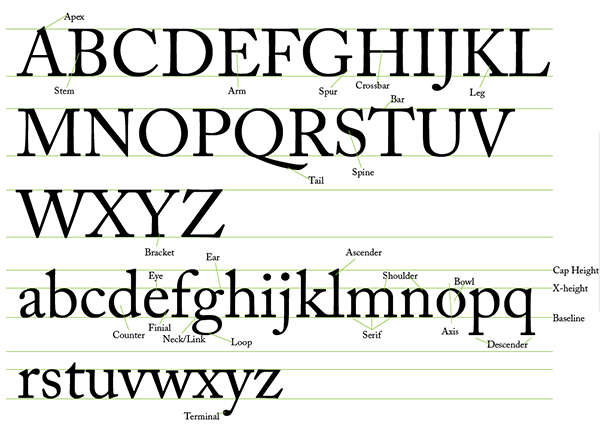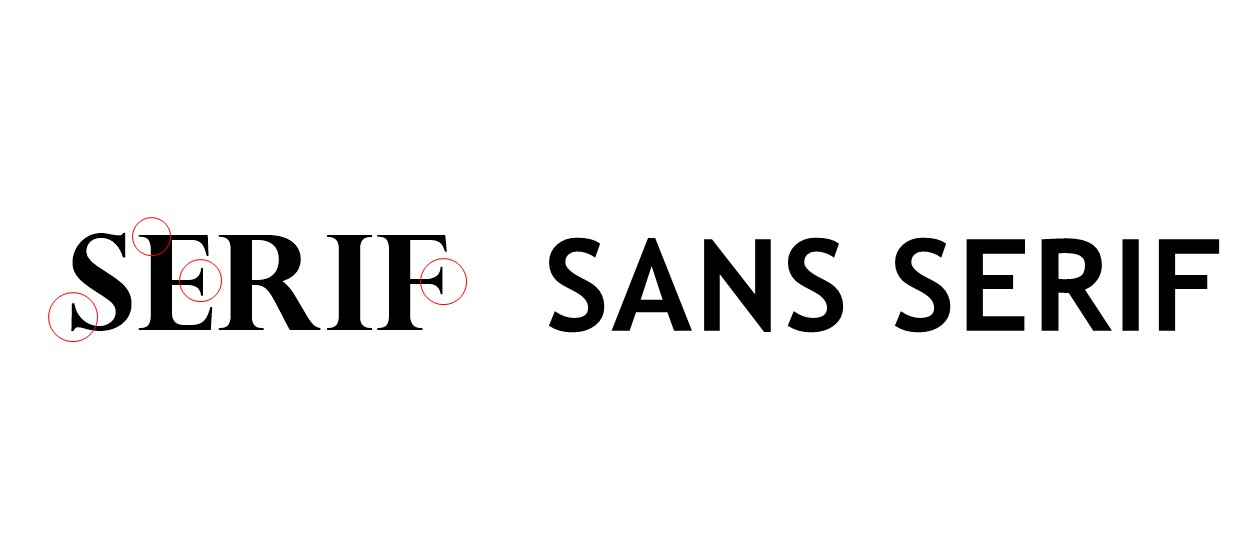

The black letterforms are ITC and the red Bauer: Here’s the results on the uppercase J, Q and H and lowercase a. I’ve then done some more experimentation in Illustrator on particular letterforms both to highlight some of the differences and also to see if there is method I could use across this exercise. The latter was the Bodoni I was familiar with. I put them both on screen and was struck by how different they looked. Bringhurst also mentions Bauer Bodoni as another favourite and fortunately I had this version as well. It seemed less open, with smaller counters. I recalled unbracketed hairline serifs and very clean lines which this version did not appear to have. I was troubled by this version as it did not seem like the Bodoni I was familiar with. For Bodoni I had selected the ITC version “cut” in 1994 as I had read in Robert Bringhurst’s excellent The Elements of Typographic Style that this was the closest to the original cut by Bodoni himself. I then made an interesting discovery that led me down an alley. I’ve made a start looking at the first three, printing out the lower and upper case alphabets and looking at these. Humanist Sans: Frutiger (I used this in my PAC project and have become rather attached to it!) Transitional: Bulmer (this was used in my wedding invitation last year so has sentimental value – the quote on the homepage is an extract from it) and Times New Roman Why not classify typefaces around what they are designed to be used for and work from there… So enough of my ranting about classification systems… I’ve chosen a number of typefaces to look at for this project and based my decision on the traditional classifications and within these selected typefaces that I have used or come across for a particular reason. The article I posted yesterday suggests some ideas for different classifications but I’m not even sure that these are that practical.

Then of course you’ve the Blackletters and script/calligraphy typefaces on top of this. But then some classifications go even deeper, dividing Old Style into Humanist (Venetian) and Geralde (French) faces… Some call Modern Didone… Some lump all the sans serifs into a Lineal classification which is then sub-divided into Humanist (loosely based on the serif forms of the same classification), Geometric (Futura, for example) and the Grotesques.

#Bembo typeface anatomy plus
You have the basic Old Style, Transitional, Modern trio which are then divided into serif and sans serif plus the Slab serifs and Grotesques. There seem to be so many iterations of the historic classifications. Yesterday I spent some time trying to understand the various classification systems that are used, which to be honest are rather confusing. I’ve been making a start on the Type Classification project.


 0 kommentar(er)
0 kommentar(er)
